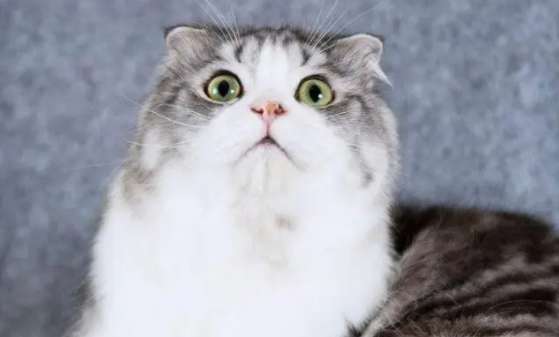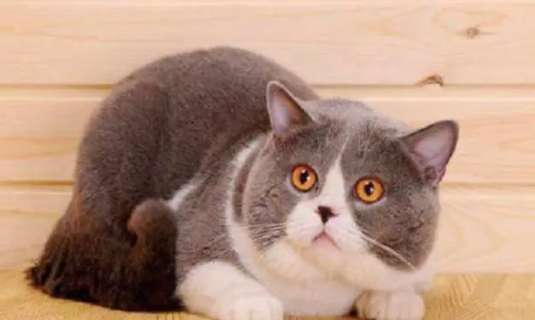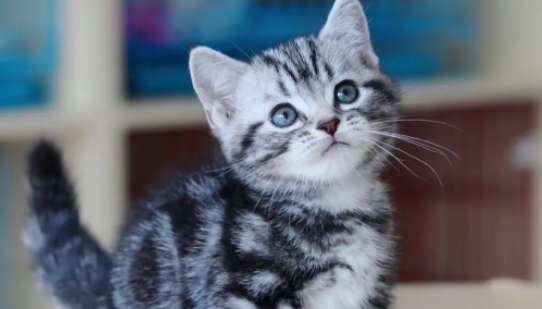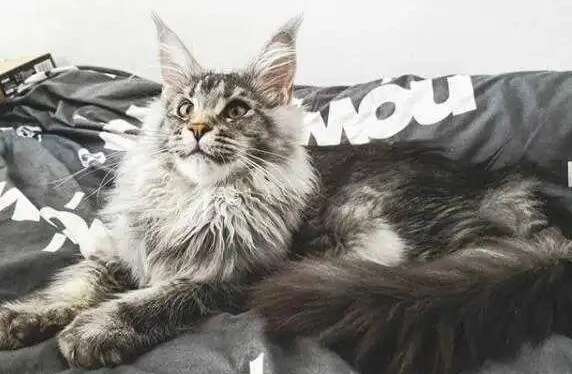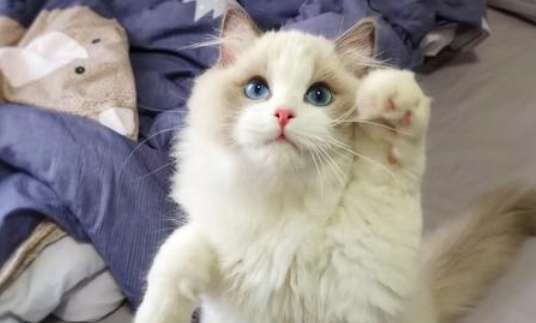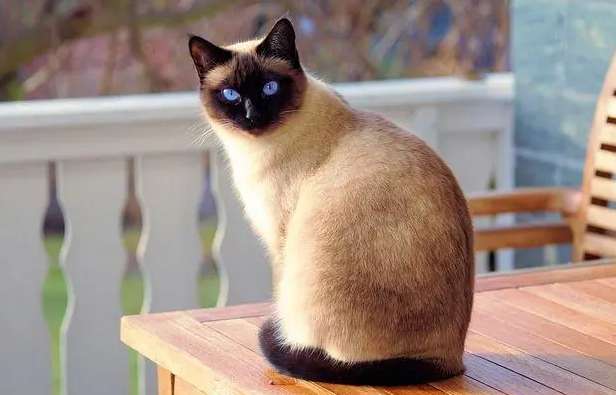As the national treasure of Turkey, the Turkish Van Cat can be said to be the noblest among noble cats, and its status is comparable to that of the giant panda in China. The rarity in quantity allowed the Turkish government to directly legislate to protect them and prohibit them from being taken out of the country, limiting them to diplomatic gifts from the Turkish government. For many people, it is really difficult to get a glimpse of its style. Let the editor give you a good introduction.
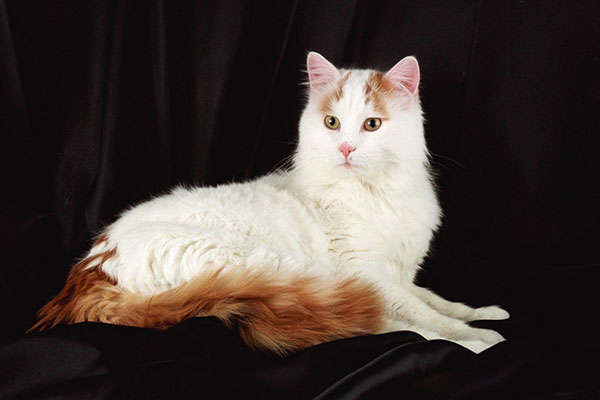
1. Historical Origin
The Turkish Van cat originated in the 17th century in the Van Lake area of Turkey. It was a mutation and breeding of Turkish Angora cats. Strictly speaking, the Turkish Van cat is a strain of Angora cat. In 1955, photographer Sonia Halliday was traveling in Turkey, where she encountered some long-haired white cats with red markings on their heads and tails. When he visited a nearby river or pond, he was surprised to see the kittens paddling in the surrounding water. As a result, this cat was introduced to the UK and recognized as an independent breed in 1969.
2. Morphological characteristics
Build shape
The Turkish Van cat has a long and strong body, with rib circumference Cheng's chest is round and her hips are quite wide. It has a large overall frame and well-developed muscles.
Head
The head is wedge-shaped, medium to large, the length and width are basically equal, and the overall shape is an arc line, without edges or corners, or straight lines. Cheekbones are high.
Eyes
Its large eyes are very bright, chestnut-shaped or walnut-shaped, and the tips of the eyes are slightly raised. In terms of color, there are blue, amber and even green, among which amber is more popular.
Nose
The nose is slender, the tip of the nose is a very elegant pink, and there is a delicate aquiline on the tip of the nose.
Ears
The ears are relatively large, with a wider base, standing erect on the top of the head, and the tips of the ears are slightly rounded.
limbs
The hind legs are longer than the front legs, with medium-sized bones and well-developed muscles. The claws are round and the hair between the toes is thick.
Tail
The tail is thick and long, at least 5 cm long, and is covered with dense fur, which is long and fluffy.
Coat
The Turkish Van cat has a dense and soft silky coat, but does not have wool-like undercoat. The hair is of medium length, and the coat is very white and shiny, especially beautiful under the sunlight. The Turkish Van cat's hair is as smooth as silk. Except for the creamy yellow or light brown markings on the head, ears and tail, there is not a single hair on the whole body, and the appearance is extremely beautiful and cute.
3. Living habits
Turkish Van cats are lively and friendly, have sweet and melodious calls, and are also very smart. They are so active that they often persevere in grabbing objects that arouse their interest. While they are playful, they are also very sleepy. Many people call them "cat-like dogs" because their personalities are really similar to dogs. . In addition, unlike ordinary cats, Turkish Van cats like to play and swim in the water. When bathing in warm water, they will show great interest like a toddler who often bathes.
Okay, that’s all for today’s introduction to the Turkish Van Cat. I hope you will have the opportunity to go to Turkey to see its majestic appearance in the future!
